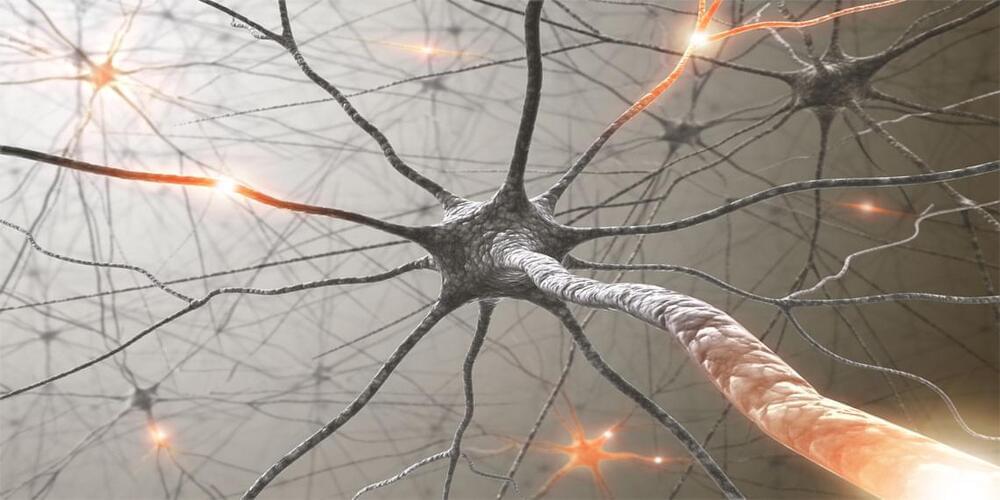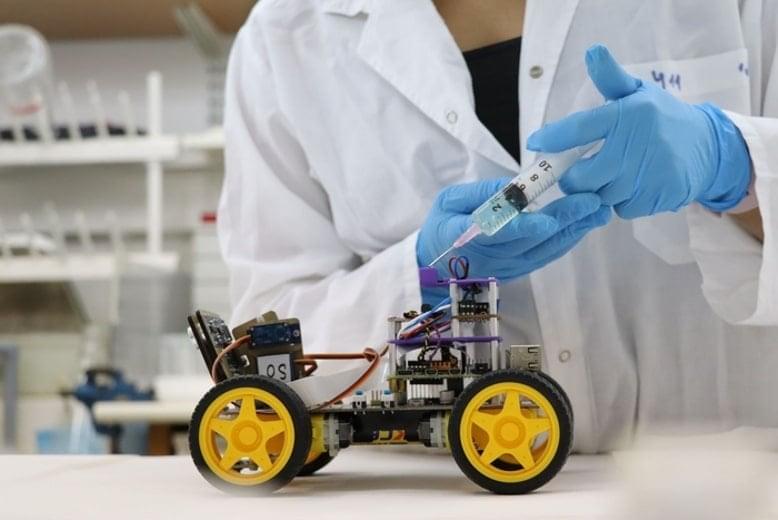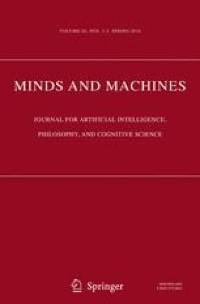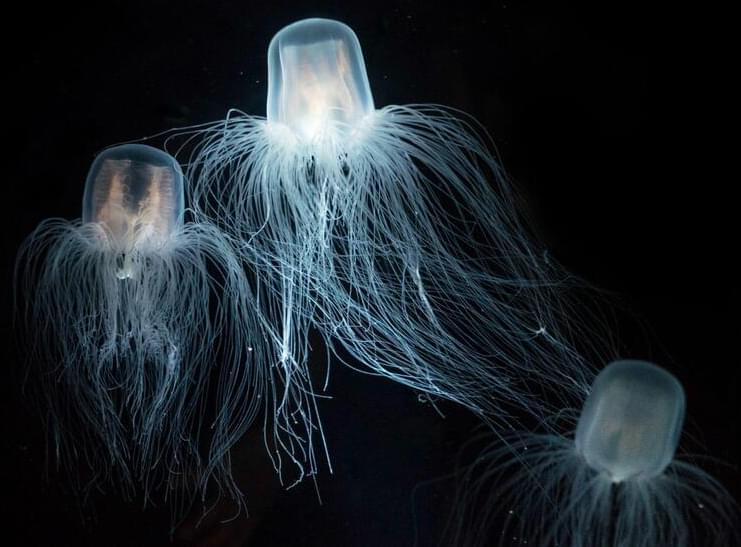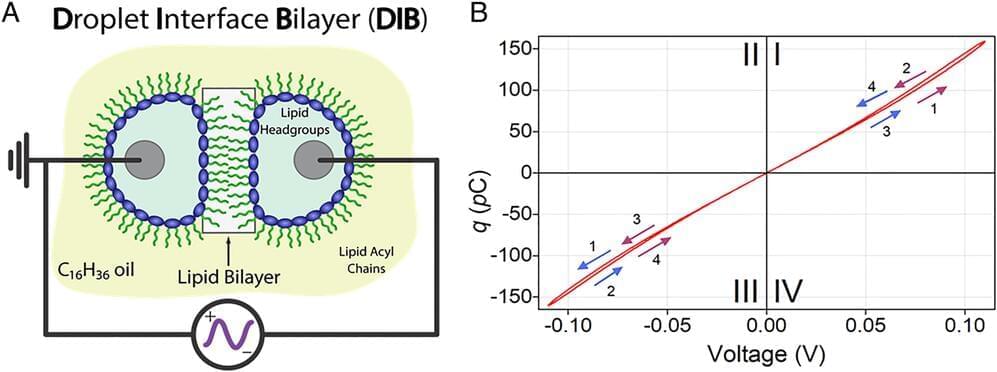A recent neuroimaging study has identified a link between respiration and neural activity changes in rats. The findings, which have been published in the journal eLife, suggest that breathing might modulate neural responses across the brain.
“Breathing is an essential physiologic process for a living organism,” said study author Nanyin Zhang, the Lloyd & Dorothy Foehr Huck Chair in Brain Imaging and director of the Center for Neurotechnology in Mental Health Research at Penn State.
“Scientists know that respiration is controlled by the brain stem, and the breathing process can modulate neural activity changes in several brain regions. However, people still do not have a comprehensive picture about brain-wide regions involved during breathing. This question can in principle be answered using a technique called functional magnetic resonance imaging (fMRI), a non-invasive neuroimage method that allows us to map neural activity in the whole brain.”
